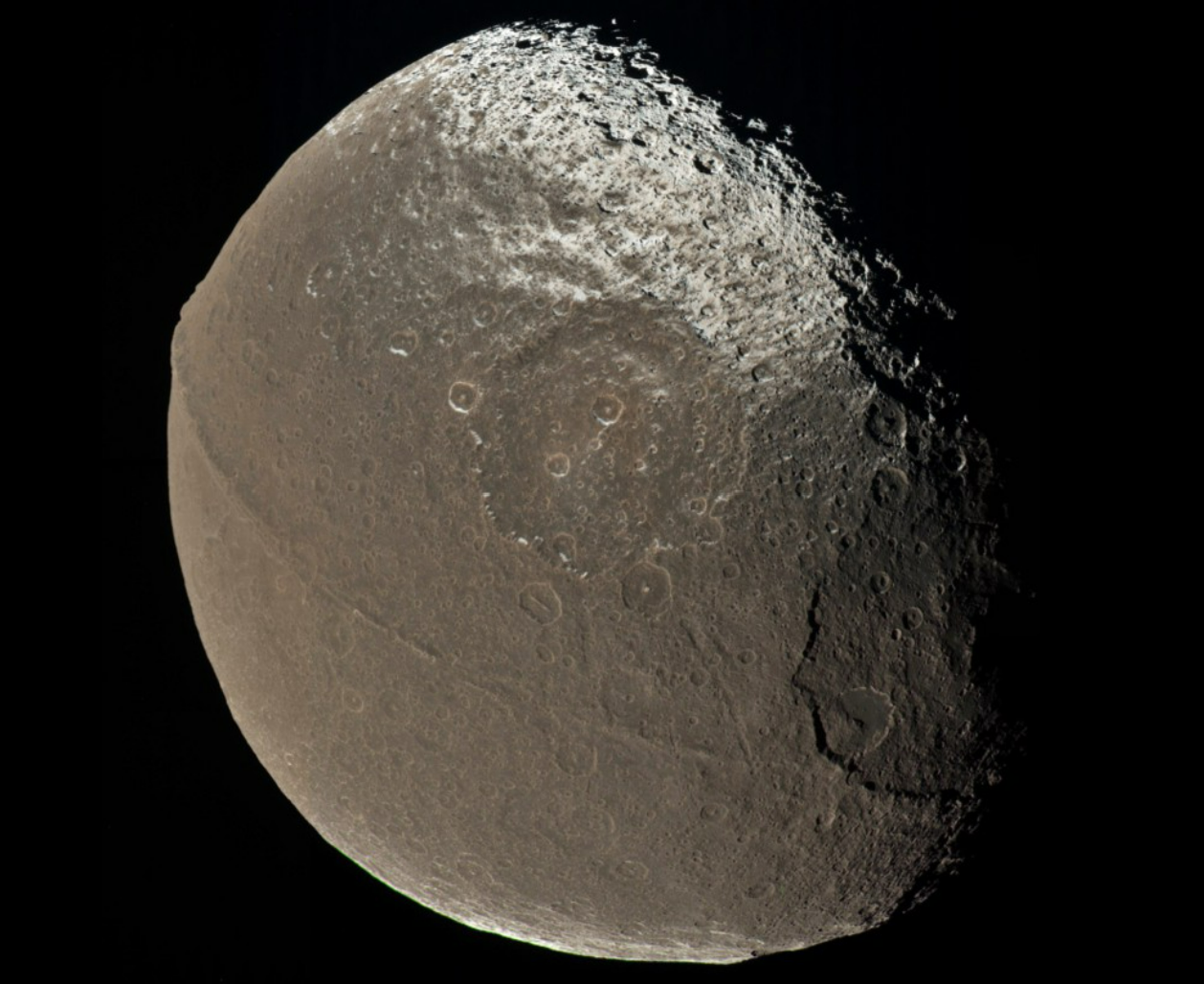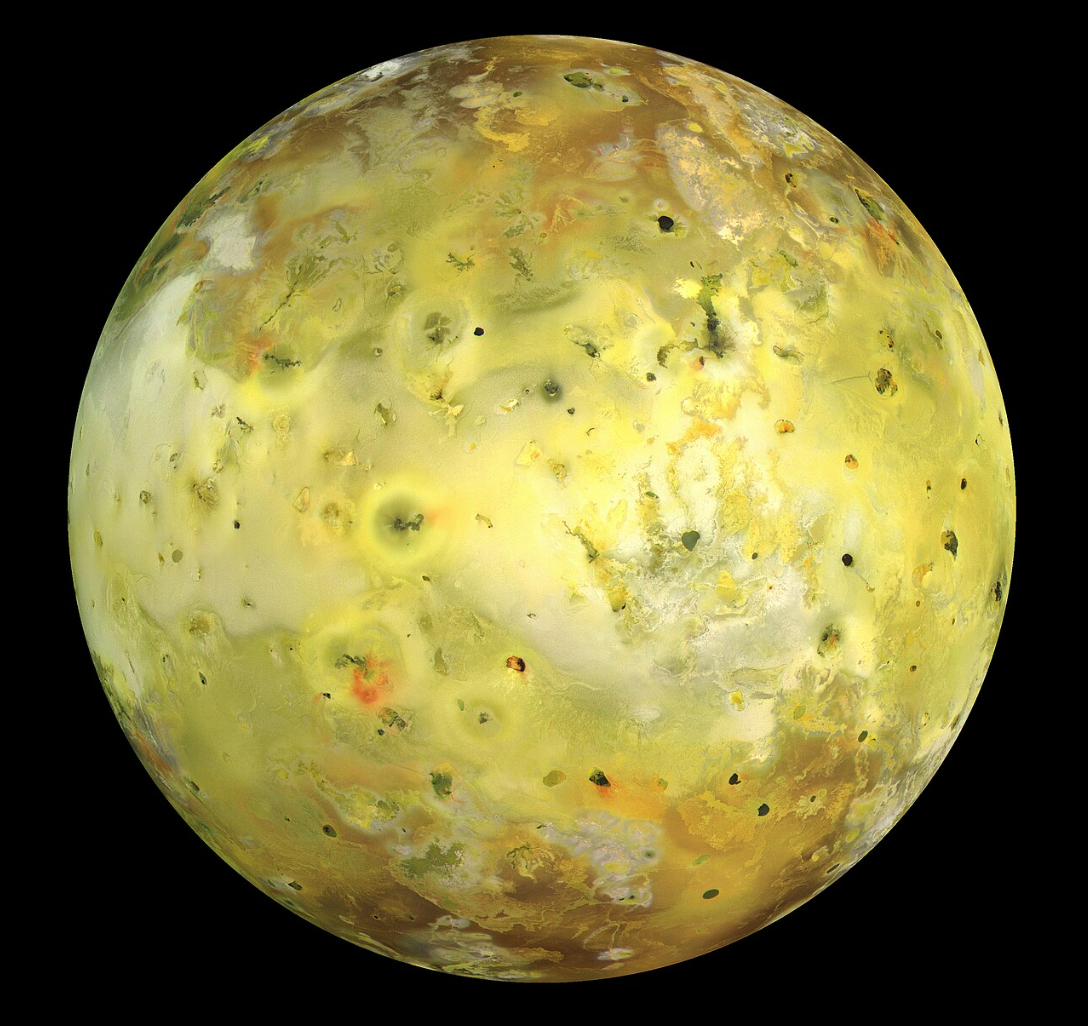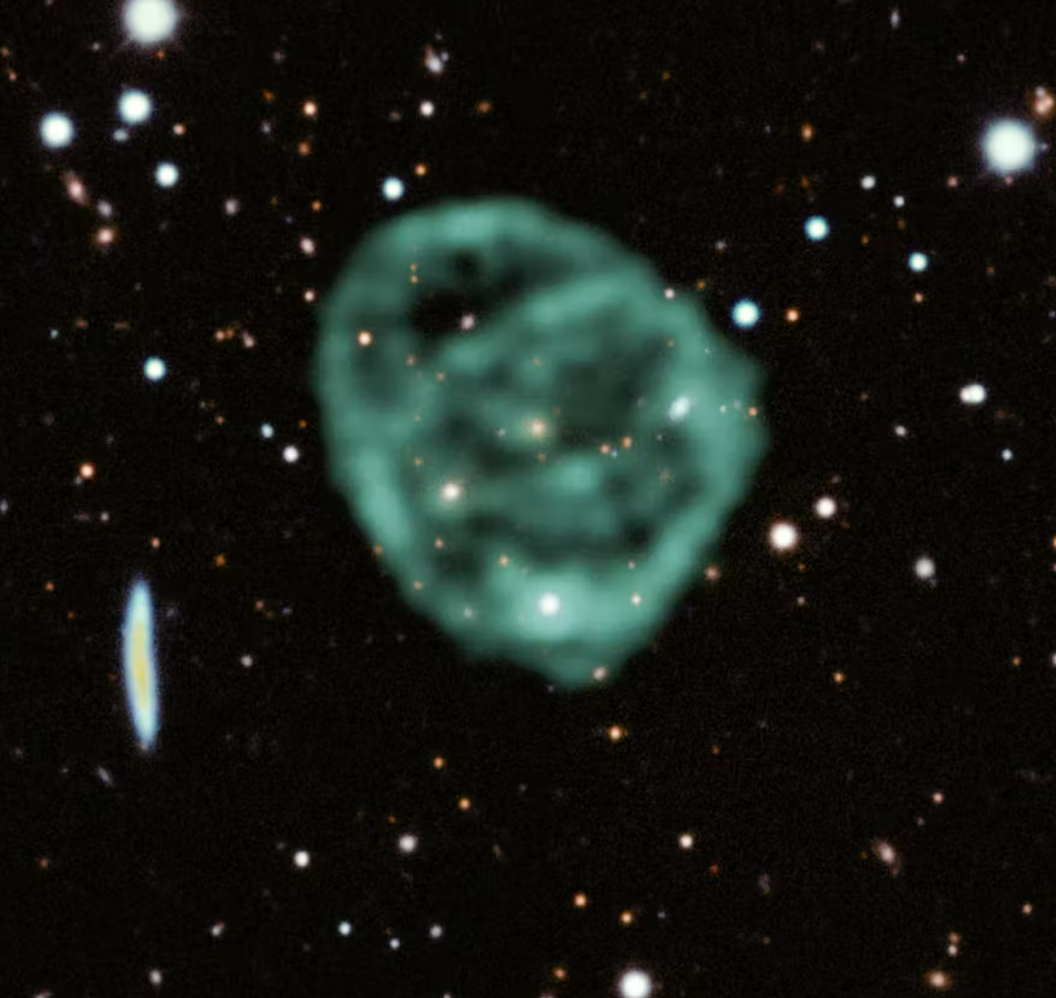#12. The Social Utility of Love
I have a new favorite movie. I know what's you're saying: "But Rob, On The Waterfront has been your favorite movie since you were 21!"
And you're right. It took a lot to bump my favorite movie out of its number one spot, but man, Interstellar just has really hit me. It didn't the first time I watched it, or even the second, but when it became available on Netflix I watched it over and over (I watch movies while I work, so I watch a lot of movies) and it has so much depth. It's scientific depth and plot depth, but especially emotional depth.
And I've been thinking about Interstellar today (I'm writing this on Monday) because it's Memorial Day, and I went to the cemetery today.
There's an exchange in Interstellar I like. To set the scene, Brand (Anne Hathaway) and Cooper (Matthew McConaughey) are two astronauts on a desperate mission that could decide the fate of the human race. They're faced with two options, and they can only do one: go to one planet, which has good hope for life, or go to the other planet, where a man Brand loves is the lone explorer. Brand wants to go to her love, and Cooper wants to go to the better sign of life.
When they try to debate this, they have this exchange:
Brand: Maybe we've spent too long trying to figure all this out with theory.
Cooper: You're a scientist, Brand.
Brand: So listen to me, when I say that love is not something we invented. It's observable, powerful. It has to mean something.
Cooper: Love has meaning, yes. Social utility, social bonding, child rearing...
Brand: We love people who've died. Where's the "social utility" in that?
Cooper: None.
I had never looked at love that way before, but if we're taking the spiritual out of things and are going on a purely evolutionary-biology mindset, there has to be a reason that we have evolved to love, and love not just the things that are with us, but to love the things that are gone.
I thought of that today as we were cleaning off the gravestone of my wife's parents, putting flowers on my grandparents' plot, and searching the cemetery for my aunt's headstone who died recently and it was the first time we'd visited since the funeral.
I know what it is to love people who have died. You have all of these emotions tied up in a lifetime of a person, and that part of your brain doesn't go away.
Interstellar deals, in a way, with time travel. Brand says:
Brand: Love is the one thing we're capable of perceiving that transcends time and space.
And while I was there, with my wife and three kids, I was reminded of something else from Interstellar. Cooper has given up a life with his kids to venture into space, and he makes this profound statement about parenthood:
Cooper: Once you're a parent, you're the ghost of your children's future.
One day my kids will come to my gravestone and brush the dirt off of it, and straighten the flowers, and leave a can of Diet Coke. And they'll remember me, and--if I've done this parenting thing right--they'll have memories of love.
Anyway, it's been an emotional day.
Happy Memorial Day to everyone who misses someone.
Assorted Bits and Bobs from the News
Now, normally, my assorted bits and bobs are truly assorted--a little archaeology, a little medicine, a little nature. But because I'm talking about Interstellar, they're all about astronomy today. And, just because, they're all about the weird moons that exist in our solar system, because we have some super crazy moons. We look at our moon (Luna) and think that it's just what moons are, but no: moons are super bizarre.
#1. This is Iapetus, one of Saturn's more than 230 moons (it has 230 moons, plus rings!). But maybe Iapetus is trying to mimic its parent because it's got this weird mountain range circling the equator of the planet. That mountain range actually has the third tallest mountains in the solar system, moon or planet--they're 20 kilometers tall! And they're in this really weird ring that looks like the moon was in two pieces and sloppily glued together. Theories abound. Some say that the moon went from hot and molten to cold and frozen really quickly, and while it was spinning the middle just squeezed out a bit? Other theories are that this moon actually had rings of its own--or maybe even a moon of its own and rings (a moon with its own moon???) and they all crashed to the planet and made a mountain range. Anyway: neat.
#2. Io, my personal favorite moon, is Jupiter's fourth-largest, but definitely the wackiest. It is incredibly volcanically active. The reason that it looks like big pock-marked mess (and doesn't have any craters) is because it's constantly erupting and resurfacing itself. It's so volcanic because, well, it was already alive, but also Jupiter's gravity is just ripping this thing apart, generating heat and static and everything. And THEN, the volcanoes are blowing one ton of debris into the atmosphere per second, which gets caught in Jupiter's gravity. In fact, while you can't really see it without instruments, Io has created a massive torus (a donut shape) of debris that orbits Jupiter, and some of it gets swept up in Jupiter's magnetosphere and sucked into the poles creating ENORMOUS aurora borealis that you can see from Earth. Anyway: neat.
#3. So this is Mimas, and yes I'm mainly showing it because it's the Death Star moon. "That's no space station--it's a moon." It's the seventh largest moon around Saturn, but it's little: it's only 275 miles across. And the enormous crater is eighty mile across. That, my friends, was a bad day for the dinosaurs on Mimas, let me tell you. The other neat thing about Mimas is that it's got about 15-20 miles of crust and then a liquid water core?? Anyway: neat.
#4. Just kidding: this one isn't a moon. It's something called an Odd Radio Circle. Odd radio circles (ORCs) were only discovered in 2019, and it's because they're almost invisible. You can't see them with visible light, or infrared, or X-rays--they're only visible with radio telescopes. So far, we've found very few of these in the universe: just 5, with 6 other possible ones. The one you're looking at is called J2103-6200 and... we don't have the slightest idea what it is. Three of the ones we've spotted have galaxies in their center, but not all. OH! I didn't tell you that this thing is ENORMOUS. It's fifty times the radius of the Milky Way. Normally, astrophysicists would think that something that looks like this is the aftermath of a supernova or something, but it's just SO BIG. Anyway: neat.
Distractions and Diversions
One of my favorite Zen channels, when I just need to relax, is Ink Rebellion. This guy is an amazing ink artist, and I don't watch his videos as tutorials--he doesn't even talk, he just draws--I just watch them and listen to the ambient music. All his videos are short enough for a quick diversion, maybe 10 or fifteen minutes, and very relaxing.
I've talked a lot about astronomy today, so what about an astronomy video. This is Veritaseum, an excellent science channel, explaining just how massive the universe actually is. Spoiler: very.
This week we lost George Wendt, the actor who played Norm in Cheers. (Cheers was an excellent show for all of you young people who didn't get to see it.) Here is a compilation of some of Norm's best entrances.
That’s all I’ve got for today. Have a good week, keep an eye on the skies, and I’ll see you next time.




